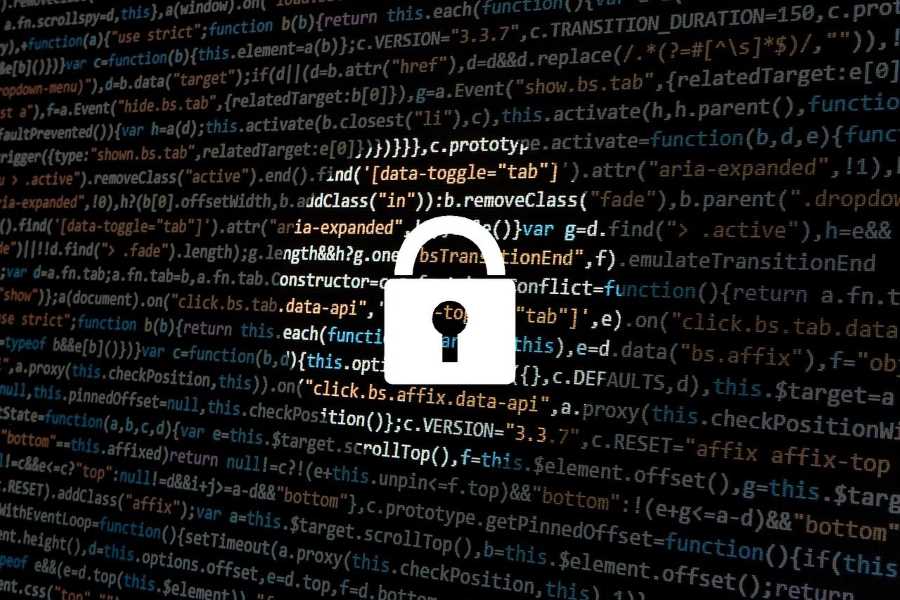Digital Safety for the Tech-Savvy Online Experience
Empowerment in the Digital Age: Irene Soria Guzman advocates 'digital care'—debunking myths and urging self-protection. Germán Téllez Leal reveals cyberbullying's alarming scale in Mexico.

In an era where our digital footprint rivals our physical presence, the call for vigilant self-care in the online realm is more imperative than ever. Irene Soria Guzman, a trailblazer in hackfeminism and a voice for digital safety, recently shed light on the pressing need for “digital care” in her illuminating conference held at the Universidad Nacional Autónoma de México (UNAM).
The phrase “Let me know when you arrive” echoes beyond our neighborhoods into the vast expanse of the internet, where we too must navigate with caution. Guzman, armed with a Ph.D. in Feminist Studies, emphasizes that the internet is not merely a collection of social networks; it's a dynamic space that demands self-care strategies akin to those employed in our physical communities.




